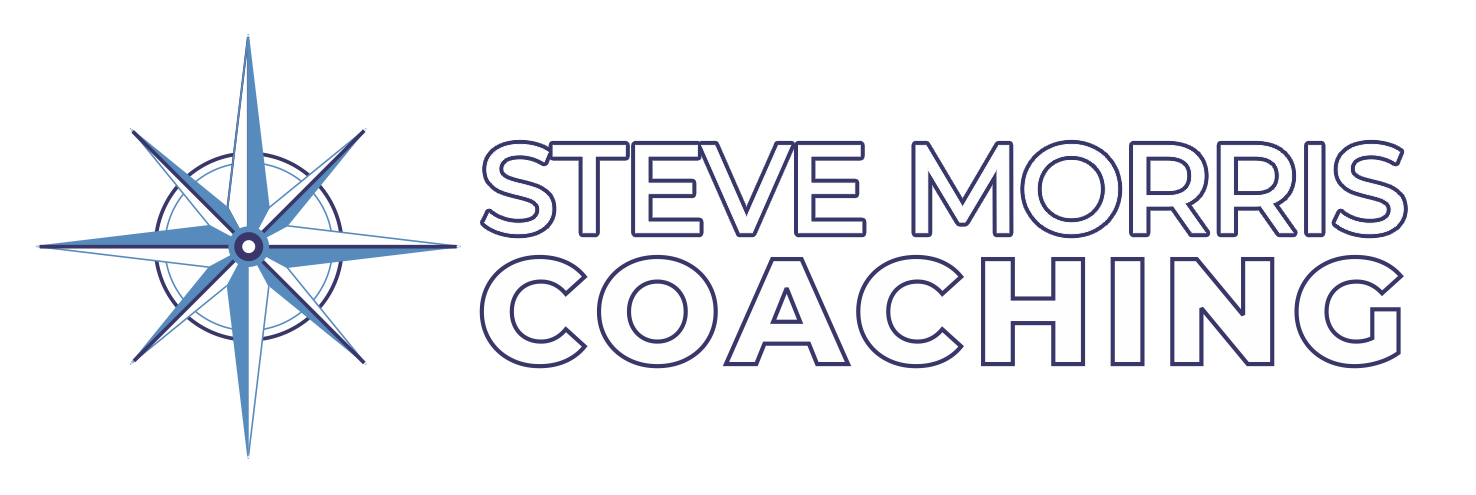Is Your Team Hiking With You—Or Watching You Climb Alone?
You Can’t Summit a Mountain Alone
Picture this: You’re halfway up a mountain. Your pack is heavy, the trail is steep, and the summit still feels a long way off.
Now imagine turning around—and realizing your team is far behind, taking breaks, checking their phones, and occasionally shouting up, “What do you want us to do next?”
This isn’t just frustrating—it’s exhausting.
And in business, it’s all too common.
When business owners tell me they’re stuck, overworked, or unsure why progress feels slow, I often ask one question:
👉 Are you climbing with a team—or dragging one behind you?
A strong business team moves in sync, just like the top high-performing sailing crews I used to work with. Everyone knew where they’re going, what their role was, and what was expected of them. I could feel that when I was with them, it was visceral. There were compounding benefits too: having clarity around roles and responsibilities meant the team were freed up to look up and outside the boat, which meant they could bring in strategic and tactical information:
💨 What was happening with the wind?
🌊 A warning the waves were changing height and direction.
⛵The competition had tacked and were heading higher and faster.
With alignment in place, everyone had each other’s backs in making the boat go faster.
When alignment is missing, progress stalls and the burden shifts entirely to you.
If you are experiencing this, let’s fix it—before you burn out.
5 Signs Your Team Isn’t Pulling With You (and What to Do About It)
1. You’re the Only One Who Seems to Care About the Goal
You can’t hit a target if no one knows what it is. If you’re frustrated that your team isn’t moving fast enough, first ask: Do they actually know what we’re aiming for?
💡 Fix: Regularly share and re-ground your team in the company’s top 3 Quarterly Rocks and Annual Goals during your Quarterly State of the Company Address. Be clear, repeat the goals often, and make them visible.
2. Accountability Feels Like Nagging
If following up feels like chasing people—and they only deliver when you remind them—you have a culture gap, not just a task issue.
💡 Fix: Don’t just assign work, assign ownership. This is why we teach the Accountability Chart, not building another ineffective Organization Chart.
One person, one outcome.
Shared responsibility = no responsibility.
A peer to peer, shoulder to shoulder identification of this is who we are as a team.
3. You’re Repeating Yourself… A Lot
Ever feel like you’ve given the same instructions three times and nothing’s changed? That’s usually a sign of unclear expectations or weak follow-through.
Insight from my travels as an EOS Implementer: Uncommunicated expectations are premeditated resentments!
💡 Fix: You can’t communicate enough! Ask your team to repeat back their understanding of next steps. Not as a test—but as a reality check. Alignment is a two-way conversation.
4. You’re Solving Problems They Should Own
If your day is spent answering questions they should know the answer to, your business is stuck in a dependency loop.
💡 Fix: When a team member brings you a problem, ask: “What do you recommend?” Teaching them to think like owners is the only way to free yourself from constant decision fatigue (and to make sure they take the monkeys they bring into your office back out of your office.)
5. You’re Still the Safety Net for Everything
You want to delegate, but things keep bouncing back to you. If your team can’t follow through without your backup, you’re still the glue holding everything together.
💡 Fix: Document your core processes. Set clearer deadlines, implement progress updates, and establish a rhythm where people report progress proactively—not when you ask. Then during your Clarity Break, take a moment to reflect: do they GWC what I’m asking them to do?
What’s One Shift You Could Make This Week?
If you're carrying the weight of your business uphill alone, it’s time to rebuild trust, clarity, and expectations with your team.
🏃 If you want to go fast, go alone.
🧭 If you want to go further, go together.
Let’s talk. Building a high-accountability team takes clarity, structure, and consistency—and it starts with you. If you want support building a team that climbs with you, I’d love to help: Let’s Talk!
Closing Reflection
You don’t have to carry the whole load yourself. The strongest teams don’t just follow—they take initiative, move in sync, and help their leaders climb higher, faster, and with less stress.
This month, take a moment to ask: Am I building a team that climbs beside me—or one that needs to be carried?
Wishing you strength, alignment, and shared progress this month.
